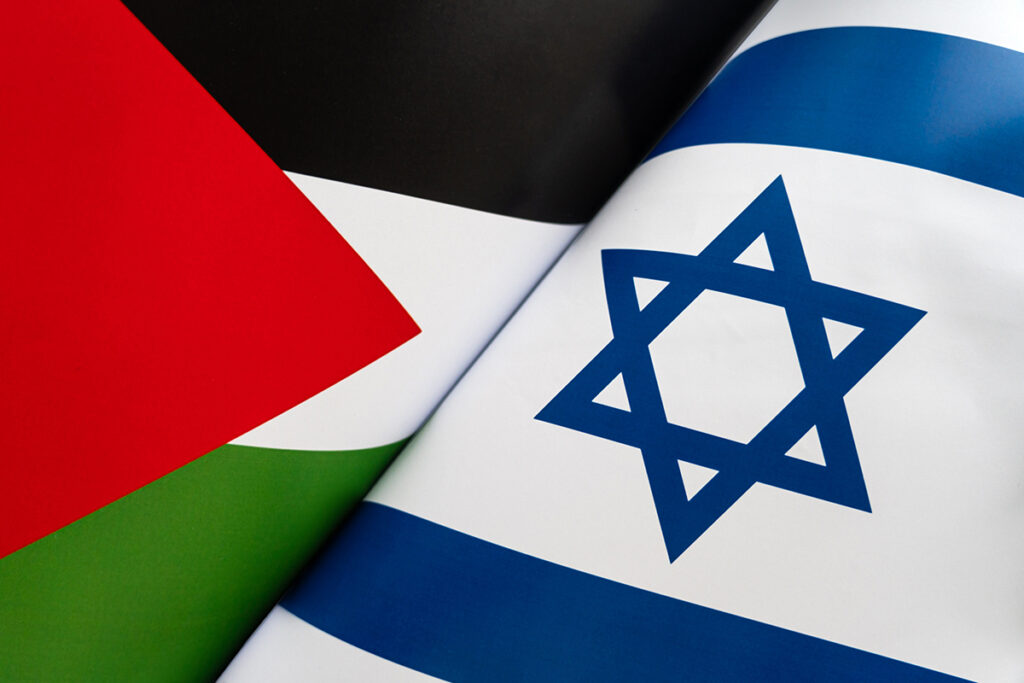After more than a year of relentless conflict, a ceasefire between Israel and Hamas took effect on Sunday, leading to the release of hostages and prisoners on both sides. The deal marked a temporary halt in hostilities, offering a moment of relief for war-weary civilians, but uncertainty remains about the long-term outcome of the agreement.
Hostage and Prisoner Exchange
As part of the first phase of the agreement, Hamas released three Israeli hostages—Emily Damari, Romi Gonen, and Doron Steinbrecher—who had been held captive since the October 7, 2023, attack. Their return was met with widespread attention in Israel, as citizens gathered to witness their release. In exchange, Israel freed 90 Palestinian prisoners, all of whom were either women or teenagers, with their release taking place late into the night near the West Bank city of Ramallah.
This exchange is just the beginning of a broader deal that aims to see the release of 33 Israeli hostages and nearly 2,000 Palestinian prisoners over six weeks. However, what happens after this initial phase remains uncertain, as subsequent negotiations will determine the next steps.
Ceasefire Brings a Fragile Peace
For the first time in over a year, the skies above Gaza and Israel fell silent as hostilities paused. In Gaza, Palestinians began returning to what remained of their homes, many of which had been reduced to rubble. Families reunited, checked on relatives left behind, and mourned those who had died. The ceasefire also allowed the entry of over 600 humanitarian aid trucks, providing much-needed relief to the devastated enclave.
Israeli forces started withdrawing from certain areas of Gaza in accordance with the agreement, while displaced Palestinians attempted to assess the extent of the destruction. However, with 90% of Gaza’s population displaced, reconstruction efforts—if the ceasefire holds—are expected to take years.
Uncertain Future and Political Ramifications
Although the ceasefire has created an opportunity for further negotiations, its long-term success remains in question. Israeli Prime Minister Benjamin Netanyahu, facing political pressure both domestically and internationally, secured the agreement after discussions with the outgoing Biden administration and incoming Trump administration. However, assurances from Trump have indicated that Israel could resume military operations against Hamas if necessary.
Domestically, the ceasefire deal has deepened divisions within Israel’s government. National Security Minister Itamar Ben-Gvir resigned from Netanyahu’s coalition in protest, reflecting concerns among right-wing factions that the pause in fighting could allow Hamas to regroup. Many Israelis celebrated the return of the hostages but remained anxious over the fate of nearly 100 others still held in Gaza. Some viewed the ceasefire as a temporary delay rather than a step toward lasting peace.
Mixed Reactions in the West Bank and Gaza
In the occupied West Bank, celebrations for the released Palestinian prisoners were initially subdued due to Israeli military warnings against public gatherings. However, by early morning, crowds filled the streets near Ofer prison, waving Hamas flags and setting off fireworks as the prisoners arrived. Many of those freed expressed bittersweet emotions, relieved to be released but deeply affected by the scale of destruction in Gaza.
In Gaza itself, the ceasefire brought relief but also highlighted the devastation caused by months of war. Some families, still processing their losses, returned to find their homes unrecognizable. In the southern city of Rafah, residents described the destruction as resembling a dystopian landscape, with some discovering human remains in the rubble.
Despite the ceasefire, tensions remain high. Hamas militants emerged in some celebratory gatherings, reinforcing fears among Israelis that the group will use this period to prepare for further conflict. Meanwhile, aid organizations see the truce as a crucial opportunity to deliver life-saving assistance, with the expectation that humanitarian aid will continue to enter Gaza in greater quantities than before.
The temporary pause in fighting has provided a moment of hope for civilians on both sides, but it remains fragile. With talks set to begin in the coming weeks on the next phase of the ceasefire agreement, the international community is closely watching whether this deal will pave the way for a more lasting resolution—or simply serve as a brief interruption in a prolonged conflict.


